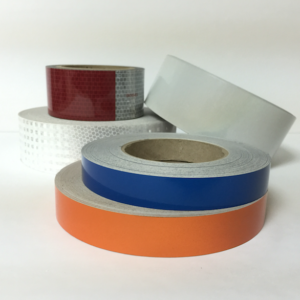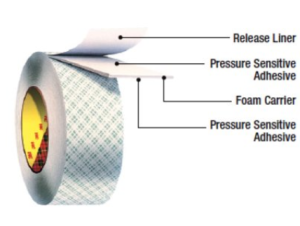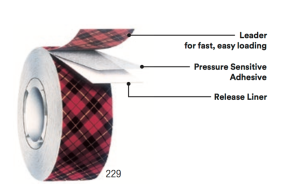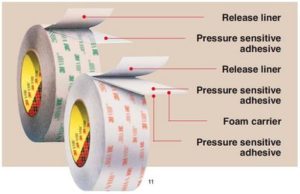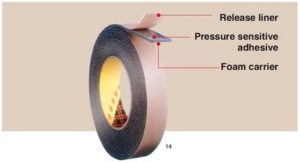- Why Adhesive Tape?
- What Was Before Adhesive Tape?
- When Was Adhesive Tape Invented?
- How is Adhesive Tape Made?
Why Adhesive Tape?
It’s hard to imagine the world without tape. It mends our precious keepsakes, bonds and holds substrates together as a quick repair, keeps wounds together and sometimes saves lives. The film industry is a virtual slave to tape. Gaffers tape, paper tape, camera tape. Before there was tape, there was glue, fabric, paper, animal skins, and string; when tape came on the scene, everything changed. Following is a brief look into the Adhesive Tape History.
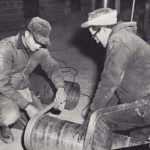
What Was Before Adhesive Tape?
In 4000 B.C. earthenware pots where mended with an adhesive substance made from the sap of trees. The earliest written records of adhesives dating back to 2000 B.C describe simple instructions for the preparation of fish glue.
1500-1000 B.C. Egyptian hieroglyphics suggest they use glue made with animal derived adhesives for bonding and laminating. The Romans and Greeks developed adhesives made from a variety of materials including egg whites, blood, bones, hide, milk, and vegetable matter.
In 618-906 B.C., China used fish, ox, and stag horn material for adhesives. The best was made from the bladder of the sturgeon and called isinglass.
The first patent for an adhesive was issued in 1750 in Britain for a fish based glue and led to the opening of the first commercial glue factory in Holland.
When Was Adhesive Tape Invented?
The history of adhesive tape occurred during its first appearance in 1845. Dr. Horace Day, a surgeon used a rubber adhesive applied to strips of fabrics to make a new invention called Surgical Tape.
In 1921 Earle Dickson, a cotton buyer for Johnson and Johnson invented the Band-Aid. The surgical strips created by Horace Day kept falling off his wife’s fingers after cutting them in the kitchen, so he attached a piece of gauze to some cloth-backed tape and covered it with crinoline. Johnson and Johnson made him V.P. for his efforts.
In 1923, Richard Drew joined the 3M company located in St. Paul, Minnesota. At the time, 3M only made sandpaper. Drew was product testing 3M’s Wet/Dry Sandpaper brand sandpaper at a local auto body shop, when he noticed that auto painters were having a hard time making clean dividing lines on two-color paint jobs. Richard Drew was inspired to invent the world’s first masking tape in 1925, as a solution to the auto painter’s dilemma.
The brand Scotch came about while Richard Drew was testing his first masking tape to determine how much adhesive he needed to add. The bodyshop painter became frustrated with the sample masking tape and exclaimed, “Take this tape back to those Scotch bosses of yours and tell them to put more adhesive on it!” The name was soon applied to the entire line of 3M tapes.
In 1942, Duct Tape was developed by Johnson and Johnson during World War II. The troops needed a waterproof tape that could seal considers and repair equipment. The cloth tape was coated with Polyethylene and Duct Tape was born.
The full understanding of adhesion and adhesive tapes continued to evolve and will only lead to new adhesive tape in the future. Today, there are too many adhesive formulations and applications to name, but we provide a pretty darn good list of tapes here. It is interesting that our discovery and adhesive tape history all started with tree sap!
How is Adhesive Tape Made?
Here is a well made video from the Science Channel to help you understand how tape is made. Enjoy!
<< Tape 101 >> << Tape Glossary >>

